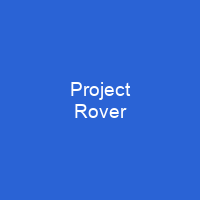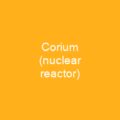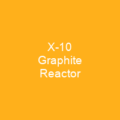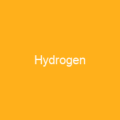Project Rover: The Nuclear Rocket Dream
Imagine a future where rockets powered by nuclear reactors zoom through space, propelling humanity to distant planets. That’s the dream that Project Rover aimed to make real.
The Genesis of Project Rover
In 1955, the United States embarked on an ambitious project codenamed Project Rover. This endeavor was initially a US Air Force initiative for developing an ICBM upper stage. However, in 1958, it was transferred to NASA, marking the beginning of its journey towards space exploration.
The Technical Challenges
The project faced numerous technical hurdles. One major challenge was controlling reactor temperature and power output. Another was devising a method for holding the propellant, with liquid hydrogen being theoretically the best option but expensive and in limited supply during the early 1950s.
Testing Grounds
The Nevada Test Site became the testing ground for Project Rover’s nuclear reactors. Here, facilities like Test Cell A and the reactor maintenance building were constructed to conduct rigorous tests. The site was not without its challenges; labor shortages and hydrogen leaks posed significant issues during operations.
Key Developments
The Kiwi program, a series of non-flyable test nuclear engines, aimed to improve hydrogen-cooled reactor technology. Between 1959 and 1964, eight reactors were built and tested. The first test of the Kiwi A rocket engine was conducted on July 1, 1959, at Jackass Flats.
Phoebus: The Next Step
The Phoebus program aimed to build a more powerful reactor capable of launching payloads into orbit. However, the project faced opposition from SNPO for its larger design. Despite these challenges, Phoebus I was tested on June 25, 1965, achieving full power (1,090 MW) for ten and a half minutes.
Pewee: The Smaller Rocket
Pewee was designed for uncrewed scientific interplanetary missions. It had a smaller core containing 36 kilograms of fuel elements and operated successfully, achieving a vacuum specific impulse of 901 seconds.
The End of an Era
Despite the promising developments, Project Rover faced significant funding challenges. In January 1973, President Nixon decided to terminate the project due to budget constraints. The total expenditure over 17 years amounted to about $1.4 billion with no nuclear-powered rocket ever flying.
The Legacy of Project Rover
While Project Rover did not achieve its ultimate goal, it laid the groundwork for future nuclear propulsion systems. NASA’s SP-100 project and the Mars Design Reference Architecture continue to explore the potential of nuclear thermal rockets today.

Project Rover was a monumental endeavor that pushed the boundaries of nuclear technology and space exploration. Though it ended without achieving its full potential, its legacy lives on in ongoing research and development efforts aimed at making nuclear rockets a reality for future interplanetary missions.
Wouldn’t it be incredible to see these dreams come true? The journey from Project Rover to today’s advanced propulsion systems is a testament to human ingenuity and the relentless pursuit of knowledge. As we look towards the future, one can only wonder what other technological marvels await us in the vast expanse of space.
You want to know more about Project Rover?
This page is based on the article Project Rover published in Wikipedia (retrieved on December 1, 2024) and was automatically summarized using artificial intelligence.







